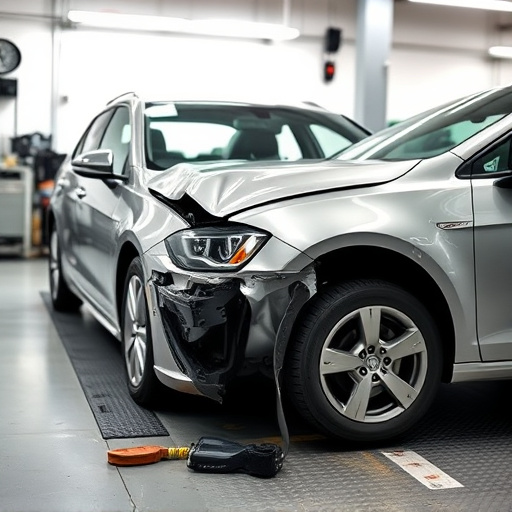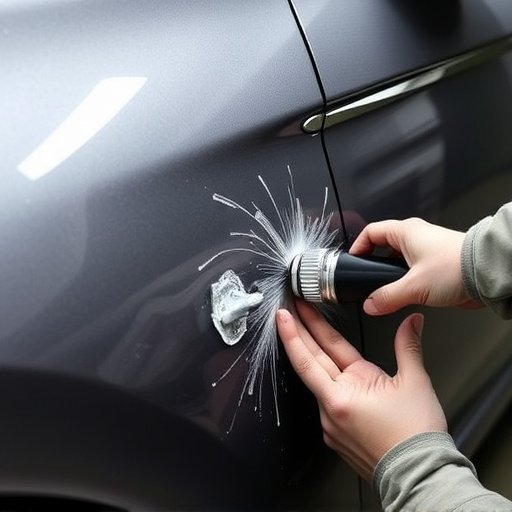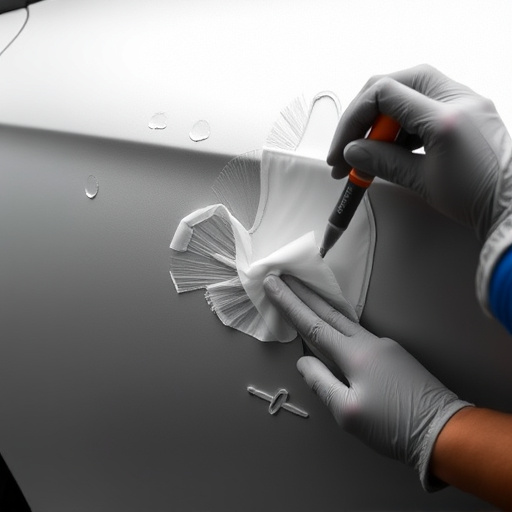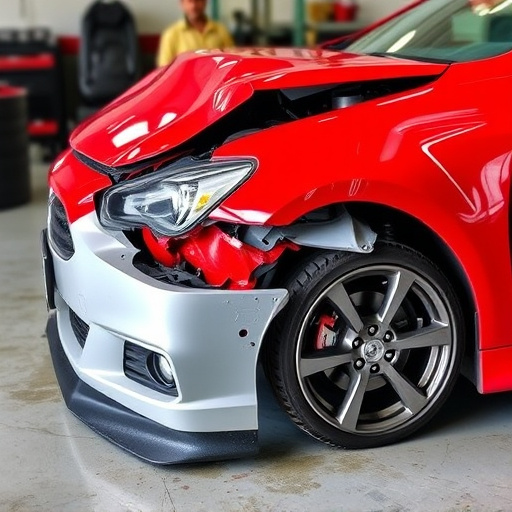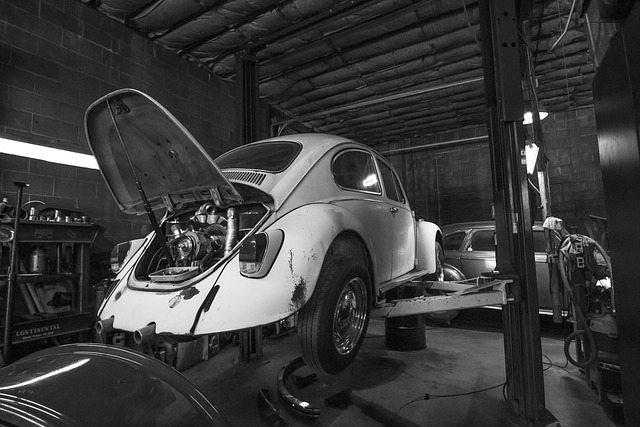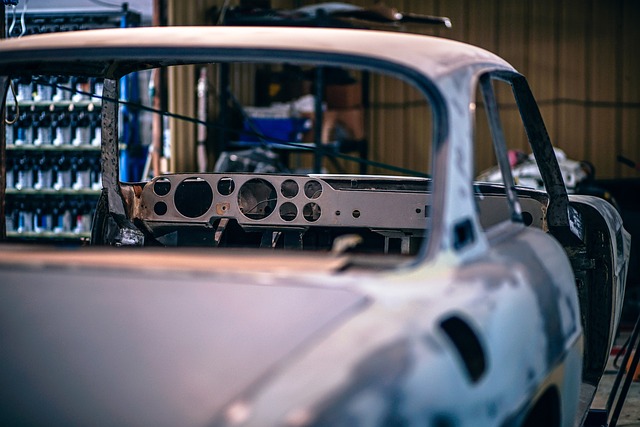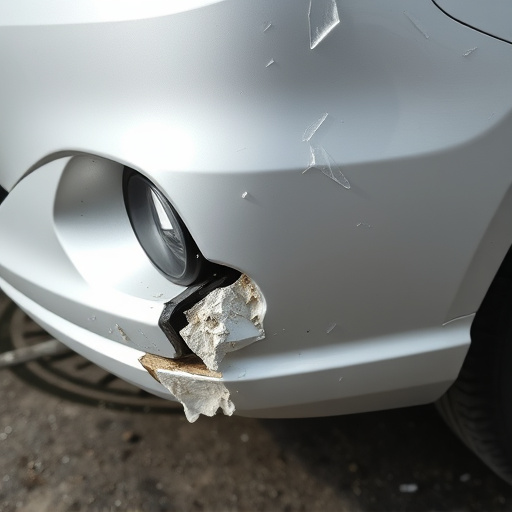Technological advancements are dramatically transforming customer repair education in the modern digital era. Virtual reality (VR), augmented reality (AR), online simulations, and interactive platforms provide safe, hands-on learning experiences for auto painting, car repair, and collision repair technicians. These innovations enhance problem-solving skills, offer immediate feedback, and allow for flexible, efficient, and effective training beyond traditional classrooms. Integrated technology also facilitates personalized instruction and real-time performance tracking, improving overall educational outcomes in customer repair education.
Technology is transforming the landscape of customer repair education, creating a dynamic and engaging learning environment. In today’s digital era, embracing technological advancements can revolutionize how we teach and equip individuals for successful careers in customer repairs. This article explores strategies to enhance the customer repair education experience through digital transformation, leveraging interactive tools for personalized learning, and measuring success with advanced tech-driven tracking methods.
- Digital Transformation: Revolutionizing Customer Repair Education
- Leveraging Technology for Interactive and Personalized Learning
- Measuring Success: Tracking Progress and Outcomes with Tech Tools
Digital Transformation: Revolutionizing Customer Repair Education

In today’s digital era, the concept of customer repair education is undergoing a profound transformation driven by technological advancements. This digital transformation presents an opportunity to revolutionize how we approach teaching and learning in the realm of auto painting, car repair services, and collision repair. By leveraging innovative tools and platforms, educators can create immersive, interactive, and accessible learning environments that cater to diverse student needs.
Virtual reality (VR), augmented reality (AR), and online simulation technologies are reshaping how students engage with complex repair procedures. These tools enable hands-on experiences without the risks associated with live operations on actual vehicles. Students can practice techniques in a controlled setting, enhance their problem-solving skills, and receive immediate feedback. Additionally, digital resources like video tutorials, interactive diagrams, and remote mentorship programs extend learning beyond traditional classrooms, making customer repair education more flexible, efficient, and effective.
Leveraging Technology for Interactive and Personalized Learning

In today’s digital era, leveraging technology has become a game-changer for enhancing customer repair education experiences. Interactive and personalized learning platforms allow automotive technicians to access comprehensive training materials at their convenience, ensuring they stay up-to-date with the latest advancements in car bodywork services and auto collision center procedures. Virtual reality simulations, for instance, offer a safe and controlled environment to practice intricate car restoration tasks, fostering skill development without the risks associated with real-world scenarios.
These technological innovations not only revolutionize traditional training methods but also cater to diverse learning styles. Whether it’s through online modules, augmented reality tutorials, or digital manuals, technicians can engage in dynamic and personalized customer repair education. This approach ensures that auto collision center staff are well-prepared, efficient, and equipped with the knowledge needed to deliver exceptional car restoration services.
Measuring Success: Tracking Progress and Outcomes with Tech Tools
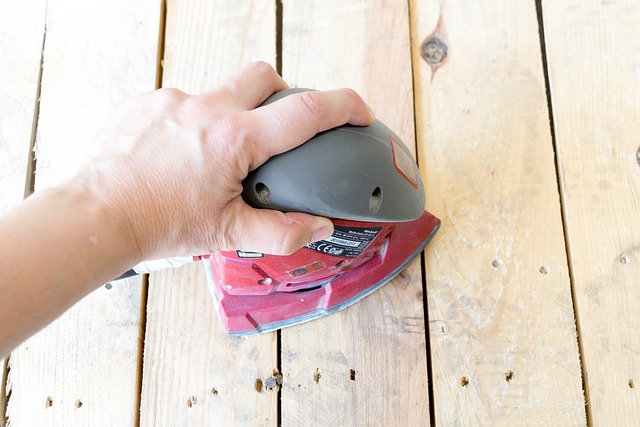
Measuring success is a vital aspect of enhancing any educational experience, and customer repair education is no exception. Incorporating technology allows for innovative tracking methods to gauge progress and outcomes in vehicle body repair, collision repair services, and auto glass repair training programs. Online platforms and software tools can record and analyze student performance, providing real-time insights into learning curves and areas that require improvement.
This digital approach enables instructors to monitor individual and class performance, ensuring tailored interventions for those who may be struggling with specific skills. By utilizing tech tools, the overall efficiency of customer repair education is improved, allowing for more personalized instruction and better preparation for students entering the industry.
Technology has the power to transform customer repair education, making it more interactive, personalized, and effective. By leveraging digital tools, we can create engaging learning experiences that cater to diverse student needs. Measuring success through tracking progress and outcomes ensures that these innovations are making a tangible impact. Embracing digital transformation in customer repair education is not just a trend but a necessary step towards fostering skilled technicians and enhancing overall service quality.

